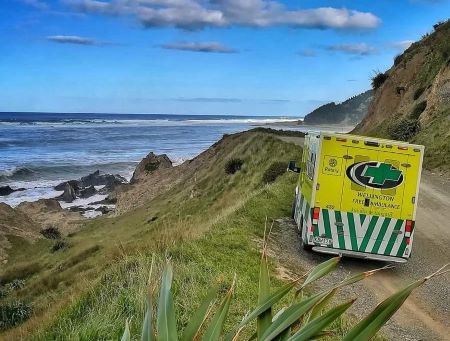
“Whenever we respond, we rely on good communications to ensure our staff are safe and our patients receive the right care at the right time, and in the right location.
“Sometimes that isn’t always easy in a region as vast and rugged as ours,” says Kate, Head of Emergency Ambulance Services.
That’s why WFA recently upgraded all their cellular devices to use the Public Safety Network (PSN) SIM card, giving them access to Cellular Roaming across both the Spark and One NZ networks.
Automatically switching between carriers means WFA staff are far less likely to encounter coverage blackspots in remote areas.
Kate recalls a recent incident that put the technology to the test.
“We responded to an incident with a Flight Paramedic in the air, and me on the ground, already on the scene via road ambulance. The patient was down a steep culvert, hardly visible from the road,” she explains.
“In the past, this kind of terrain would’ve made mobile contact unreliable, or forced us to manually change radio channels just to coordinate.
“That takes time. And in an emergency, time and a quick response are incredibly important to give the patient the best chance possible.”
Thanks to the PSN SIM card, Kate was able to maintain contact with the helicopter crew, call in the road team with precision directions, and guide the aircraft carrying life-saving equipment straight to the scene.
“Having constant and uninterrupted phone comms assisted the ground and aircrew responding.
“I was able to direct everyone exactly where they were needed. That kind of coordination used to be harder to achieve when cell coverage dropped out.”
WFA’s experience shows how Cellular Roaming is more than a convenience. The increased resilience keeps responders safer and patients better served.
